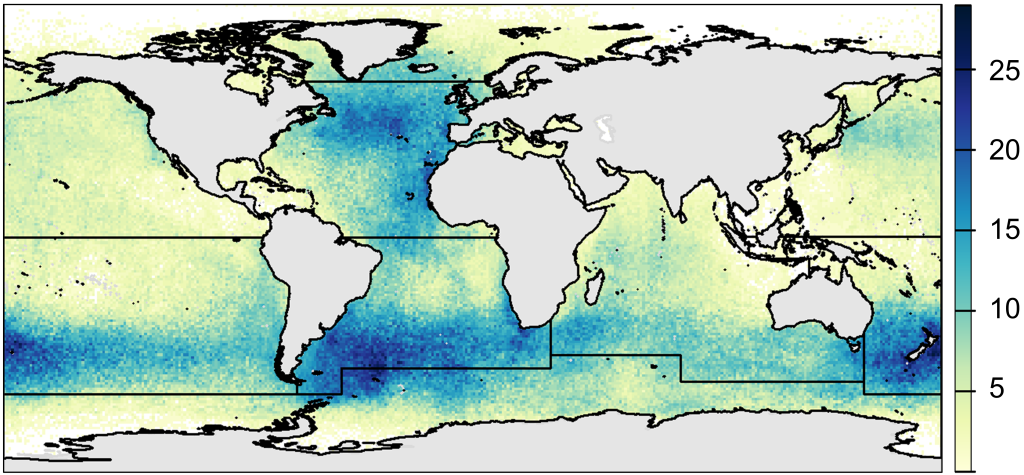Celebrating 20 years of marine conservation collaboration and success through the BirdLife Seabird Tracking Database

A newly published study highlights the achievements of BirdLife’s Seabird Tracking Database – a monumental database of seabird movements and a beacon of collaborative efforts.
Since its launch in 2004, the BirdLife Seabird Tracking Database has become one of the most comprehensive marine conservation collaborations in the world. It hosts the largest collection of seabird tracking data in existence, transforming how researchers and policymakers address the growing threats to seabirds and the marine environment in general.
A new study published today highlights the remarkable achievements of this world-leading dataset, which currently hosts an enormous amount of information; more than 43 million location records and 55,000 tracks from 168 seabird species in 55 countries.
Seabirds are one of the most threatened groups of vertebrates in the world. Threats include predation on land by invasive alien species such as rats and cats, and from fisheries at sea, with hundreds of thousands of birds killed each year caught incidentally in fishing gear as ‘bycatch’. By understanding where seabirds go, researchers and policymakers have been able to identify and inform the designation of important marine areas for increased protection. The database has also highlighted where birds are most at risk from bycatch resulting in increased measures to reduce this threat.
Looking Ahead
Despite these achievements, the study emphasises the importance of expanding the database to include underrepresented regions and species. No less than 56% of seabirds are experiencing population declines and there is a growing number of new or emerging human pressures impacting seabirds in the marine environment, including offshore wind farms and the exploitation of new resources (i.e. deep-sea mining, mesopelagic fishing). The Seabird Tracking Database will continue to be an essential tool for safeguarding seabirds where they need it most. With plans to strengthen its collaboration with other databases and initiatives, the BirdLife Seabird Tracking Database remains at the forefront of marine conservation, ensuring that seabird data continues to inform international environmental agreements.
“Bringing this collaboration together has been a monumental effort, involving the contributions of more than 250 seabird scientists from around the world. Co-ordinating such a vast collection of data required years of dedication and trust-building, as well as a shared commitment to understanding and conserving seabird populations.The Seabird Tracking Database is a testament to the unique global collaborative efforts of seabird scientists, which has made this unprecedented resource for marine conservation possible.” – Dr Ana Carneiro, lead author of the study and Marine Science Manager, BirdLife International

“The Seabird Tracking Database has not only deepened our scientific understanding of seabird ecology but has also driven tangible conservation outcomes, helping to protect threatened seabird populations worldwide.” – Dr Tammy Davies, co-author of the study and Marine Science Coordinator, BirdLife International